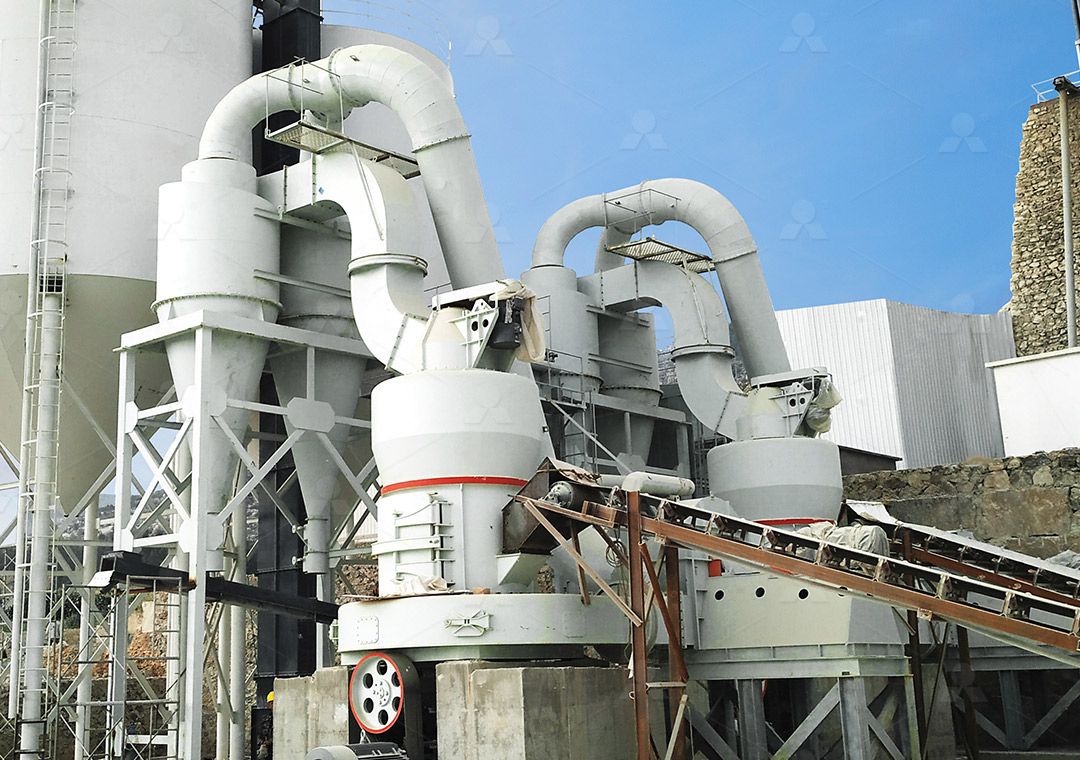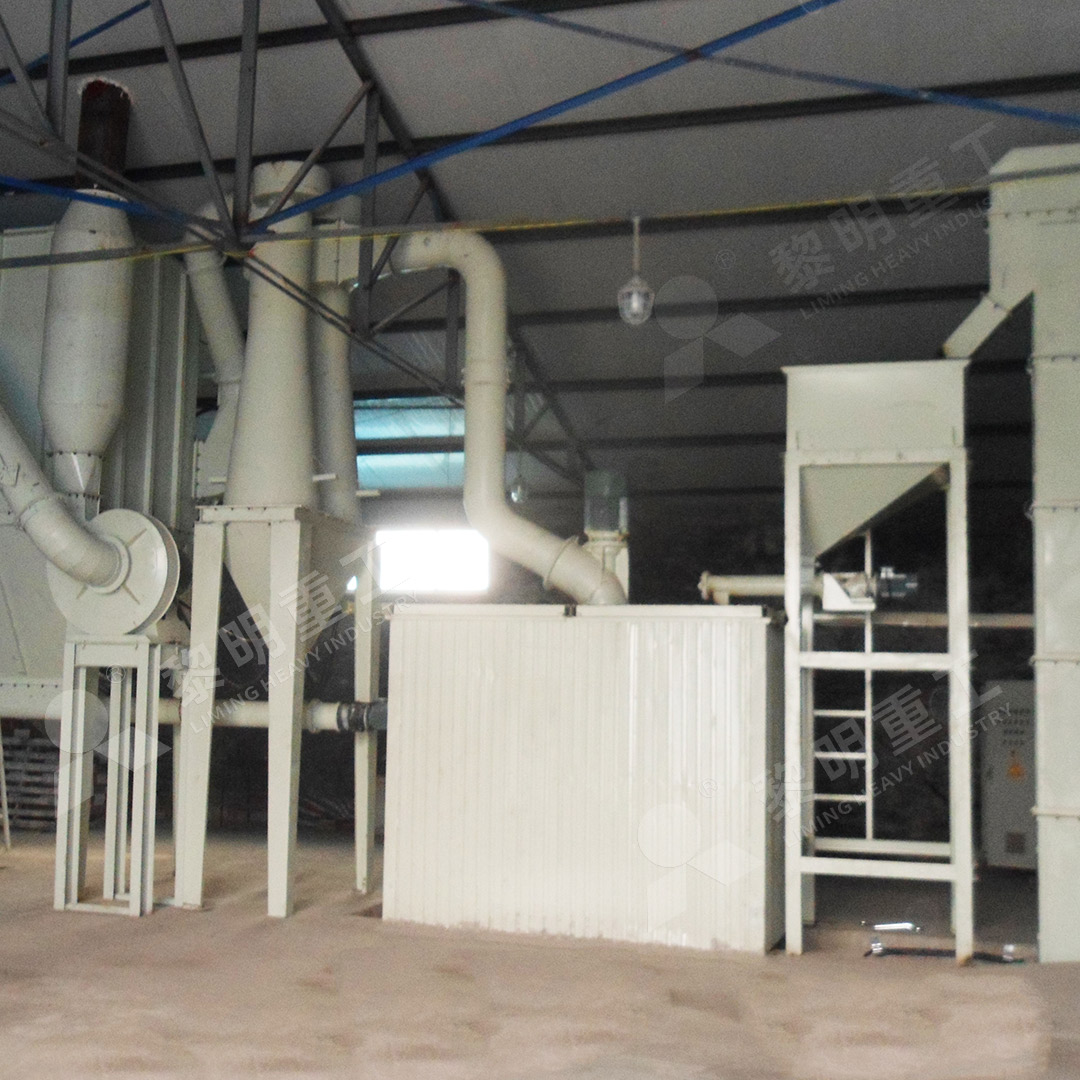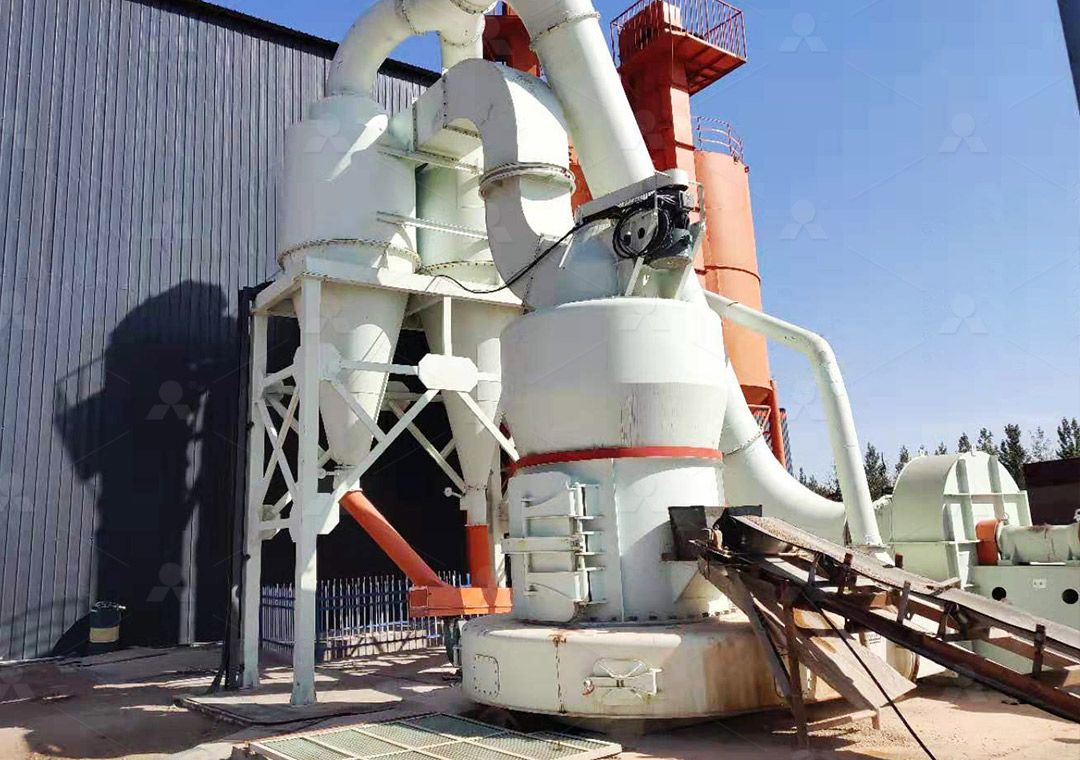6R Raymond Mill for Grinding Pyrophyllite: A Comprehensive Guide
Introduction to Pyrophyllite Processing
Pyrophyllite, a versatile aluminosilicate mineral, has gained significant importance across various industries due to its unique properties including low thermal expansion, high refractoriness, and chemical inertness. The processing of this mineral requires specialized grinding equipment to achieve the desired fineness and quality for applications in ceramics, paints, plastics, and construction materials. Among the various grinding solutions available, the 6R Raymond Mill stands out as a particularly effective choice for pyrophyllite processing operations.

Why Choose 6R Raymond Mill for Pyrophyllite?
The 6R Raymond Mill represents an advanced iteration of the traditional Raymond mill design, featuring six grinding rollers instead of the conventional three or four. This enhanced configuration provides several distinct advantages when processing pyrophyllite. The additional rollers create more grinding zones and increase the milling area, resulting in higher production capacity and improved grinding efficiency. The machine’s robust construction ensures reliable performance when handling the moderate hardness of pyrophyllite (approximately 1-2 on Mohs scale), while its sophisticated classification system guarantees consistent product quality.
One of the most significant benefits of using a 6R Raymond Mill for pyrophyllite is its ability to produce powders in the range of 80-400 mesh, which meets the requirements for most industrial applications. The system’s air classification mechanism allows operators to precisely control particle size distribution without the need for external screening equipment, streamlining the production process and reducing operational costs.
Advanced Alternatives for Ultra-Fine Applications
While the 6R Raymond Mill excels at producing medium-fine pyrophyllite powders, some specialized applications demand even finer particle sizes. For operations requiring ultra-fine pyrophyllite powders (325-2500 meshes), we strongly recommend considering our MW Ultrafine Grinding Mill. This advanced grinding system represents a significant technological leap beyond traditional Raymond mills, offering exceptional performance characteristics specifically engineered for challenging mineral processing applications.

The MW Ultrafine Grinding Mill incorporates several innovative features that make it particularly suitable for high-value pyrophyllite products. Its newly designed grinding curves of grinding roller and grinding ring enhance grinding efficiency substantially, achieving production capacity 40% higher than jet grinding mills with the same fineness and power specifications. The mill’s German-technology cage-type powder selector enables precise fineness adjustment between 325-2500 meshes, with screening rates achieving d97≤5μm in a single pass.
Operational reliability is another standout feature of the MW Ultrafine Grinding Mill. The absence of rolling bearings and screws in the grinding chamber eliminates concerns about bearing damage or loose screws causing machine failure. The external lubrication system permits maintenance without shutdown, supporting continuous 24-hour production cycles that are essential for modern manufacturing operations.
Environmental and Economic Considerations
Modern mineral processing operations must address both environmental compliance and economic viability. The 6R Raymond Mill, along with our advanced MW series, incorporates comprehensive dust collection and noise reduction systems. The efficient pulse dust collector ensures no dust pollution during operation, while silencers and noise elimination rooms maintain workplace noise at acceptable levels. These environmental protections align with international standards, allowing operations in regions with strict regulatory requirements.
From an economic perspective, the energy efficiency of these grinding systems directly impacts operational costs. The MW Ultrafine Grinding Mill demonstrates particularly impressive energy performance, consuming only 30% of the energy required by comparable jet grinding mills. This dramatic reduction in power consumption, combined with higher production yields, delivers a compelling return on investment for pyrophyllite processors.

Frequently Asked Questions
What is the maximum feed size for pyrophyllite in a 6R Raymond Mill?
The 6R Raymond Mill can accommodate pyrophyllite with a maximum feed size of 25mm. For optimal performance, we recommend preliminary crushing to achieve consistent feed sizing.
Can the same equipment process other minerals besides pyrophyllite?
Yes, both the 6R Raymond Mill and MW Ultrafine Grinding Mill are versatile systems capable of processing various non-metallic minerals including calcite, dolomite, talc, barite, and limestone, with minimal adjustments required between different materials.
What production capacity can I expect when grinding pyrophyllite?
The 6R Raymond Mill typically achieves 0.6-5 tph depending on product fineness, while the MW Ultrafine Grinding Mill offers 0.5-25 tph capacity. Actual throughput will vary based on pyrophyllite characteristics and desired final particle size.
How does the MW Ultrafine Grinding Mill achieve higher energy efficiency?
The MW mill incorporates multiple energy-saving technologies including optimized grinding curves, efficient powder separation, and reduced system resistance. These innovations collectively reduce energy consumption by 30-50% compared to conventional grinding systems.
What after-sales support is available for these grinding systems?
We provide comprehensive technical support, original spare parts, and operational training to ensure worry-free operation. Our service network covers installation supervision, preventive maintenance programs, and 24/7 technical assistance.
